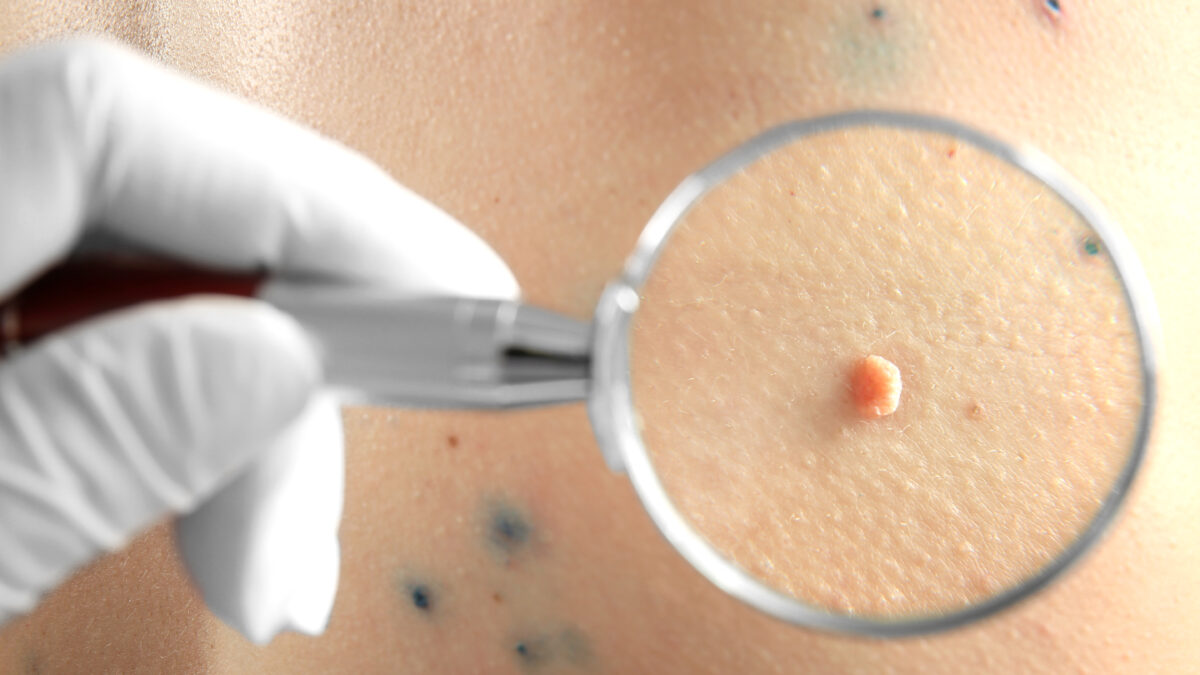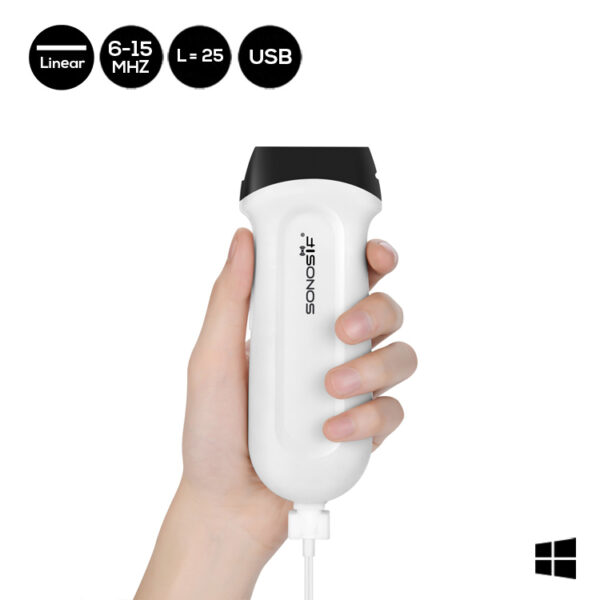- Immediate contact :
- +1-323-988-5889
- info@sonosif.com

Ultrasound-guided Thigh Lift
February 15, 2022
Ultrasound-Guided Foreign Body Retrieval
February 15, 2022Skin Tumor diagnoses are on the rise as a result of increased ultraviolet ray exposure and an aging population. The surgical excision of skin cancer, including normal tissue, has become common, and determining the appropriate safety margin is critical.
For skin cancers that have not spread, surgery to remove the entire tumor may be sufficient, and no other treatment may be required. Skin cancers on the head and neck are the most common and are frequently treated with Mohs surgery.
Mohs surgery removes skin cancer while preserving as much healthy tissue as possible, which is especially important when the cancer is near the eyes, ears, nose, mouth, hands, feet, and genitals.
Ultrasonography can accurately determine the width and thickness of skin cancer and forecast the safety margins of a broad excision. Preoperative ultrasonography is a useful diagnostic tool for surgical planning.
In clinical practice, a high-frequency transducer with a frequency range of 7.5 to 12–15 MHz is commonly used to estimate the thickness of a skin tumor. As a result, our medical research and development team strongly recommends the USB Linear Ultrasound Scanner: 6-15MHz USB-UL3.
The USB 6-5 MHz Linear Ultrasound Probe UL3 has multiple frequencies ranging from 5 to 12MHz and a scanning mode of B, B+B, B+m with high-resolution imaging to detect all types of skin cancer.
Ultrasonography is very effective in locating tumors because it shows the exact location of the tumor in the body. It can also assist a doctor in performing a biopsy, which is the removal of a small amount of tissue for examination.
Reference: Usefulness of ultrasonography in determining the surgical excision margin in non-melanocytic skin cancer, High‐frequency ultrasound for diagnosing skin cancer in adults,
Disclaimer: Although the information we provide is used by different doctors and medical staff to perform their procedures and clinical applications, the information contained in this article is for consideration only. SONOSIF is not responsible neither for the misuse of the device nor for the wrong or random generalizability of the device in all clinical applications or procedures mentioned in our articles. Users must have the proper training and skills to perform the procedure with each ultrasound scanner device.
The products mentioned in this article are only for sale to medical staff (doctors, nurses, certified practitioners, etc.) or to private users assisted by or under the supervision of a medical professional.





